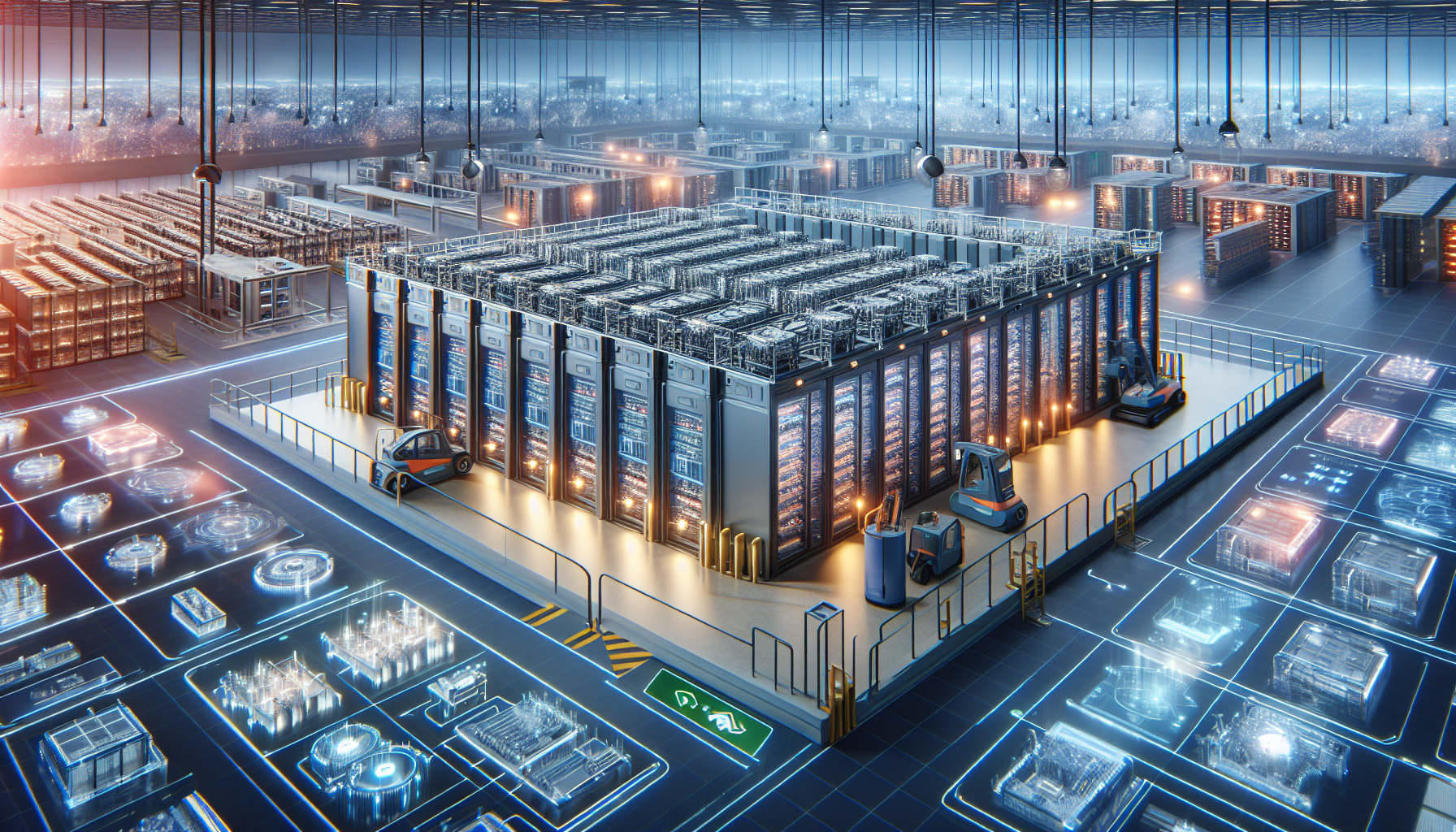In recent years, the demand for reliable and efficient energy systems has intensified, driven by the proliferation of renewable energy sources and the consequent need for more nimble and adaptive power grids. Energy storage solutions have emerged as critical components in the modernization of energy grids, ensuring stability and efficiency while accommodating the inherently variable nature of renewable energy sources like solar and wind.
Historically, energy grids operated with a straightforward model where energy production closely matched consumption. However, the rise of variable renewable energy has disrupted this linearity, necessitating solutions that can store excess energy and release it when demand peaks or when generation dips. Here, energy storage systems play a transformative role.
Battery technology has undergone significant innovations, making energy storage more effective and economically viable. Lithium-ion batteries, for instance, are the most common form of modern energy storage. Known for their high energy density and efficiency, these batteries are being deployed on a large scale in utility-scale projects worldwide. Their ability to provide rapid response to fluctuations in energy supply and demand makes them indispensable for maintaining grid reliability.
Beyond lithium-ion, alternative battery technologies are breaking new ground. Flow batteries, for example, offer advantages in scalability and longevity, making them suitable for large-scale storage applications. Unlike lithium-ion, these batteries use liquid electrolytes, which can be easily recharged by replacing the electrolyte liquid, thus extending their lifespan considerably and lowering the total cost of ownership.
Further innovations are taking root in hybrid storage systems that combine different storage technologies to optimize performance. For instance, pairing lithium-ion batteries with supercapacitors, which offer swift energy discharge, ensures that the nuances of power load, from long-term storage to quick bursts of energy, are effectively managed.
The impact of these innovations on grid reliability and efficiency is profound. Enhanced storage options allow for greater integration of renewables, reducing reliance on fossil fuels and minimizing carbon footprints. By smoothing out supply and demand imbalances, these systems help prevent outages and reduce energy costs, ultimately contributing to a more resilient and sustainable grid.
Moreover, energy storage plays a crucial role in grid flexibility, enabling the implementation of advanced grid services such as frequency regulation, peak shaving, and demand response. These services enhance grid stability, allowing for more fluid and economical grid operations.
In the context of policy and market dynamics, supportive regulations and economic incentives are vital in accelerating the adoption of energy storage technologies. As governments worldwide commit to transitioning to cleaner energy, initiatives that subsidize storage systems or provide tax benefits are catalyzing their integration into the grid infrastructure.
In conclusion, energy storage stands as a pillar of modern energy grids, harnessing technological advancements to address the challenges posed by renewable energy. As these solutions continue to evolve and their implementations become more widespread, the path towards a smarter, more sustainable energy future becomes clearer and more attainable.
